
LEDs offer several advantages over traditional light bulbs, building on the best parts of their predecessors while leaving their inefficiencies behind. Here’s what LEDs have to offer and what makes them so beneficial:
Lumens are the new unit of measurement for light bulbs
For decades, we’ve been buying light bulbs according to wattage. But as energy-efficient, low-watt light bulbs like CFLs and LEDs have become readily available, watts have become an unreliable metric for selecting bulbs. Instead of focusing on wattage, which measures power or energy use, manufacturers are indicating the brightness of their energy-efficient bulbs according to lumens, which measure light output. So while we may be accustomed to shopping for bulbs according to wattage, lumens are actually a more accurate measurement of how bright your light will be.
Converting Lumens to Watts
How many lumens are in a watt? Because lumens measure brightness and watts measure energy output, there is no simple method for converting wattage to lumens. With energy-efficient lighting like LEDs and CFLs, how many lumens are in a 60W bulb or 100W bulb depends on the lumen output of the bulb, not its energy use.
Don’t despair! Measuring and labelling light output instead of energy use actually makes it easier for you to find the right energy-efficient bulb for your space. Use this chart to determine how many lumens you’ll need from your next light bulb. For example, if you typically purchase 60W incandescent bulbs, which produce about 700-800 lumens, consider purchasing a lower energy alternative like a 42W halogen bulb, 12W CFL, or even a 10W LED bulb to achieve the same brightness.
1. Long life
The components of an LED and the way that they generate light significantly extend the lifespan of these bulbs. Where other bulbs’ lifespans are shortened through both proper and improper usage, the LED bulb’s low heat levels, durability, and energy efficiency make it possible for it to outlast other types of bulbs by thousands of hours.
| Incandescent | Fluorescent | CFL | Halogen | LED | |
| Typical Range (Hours) | 750-2,000 hrs | 24,000-36,000 hrs | 8,000-20,000 hrs | 2,000-4,000 hrs | 35,000-50,000 hrs |
Typically, the important parts of a light bulb, such as the filament, weaken over time, which causes the bulb to burn out. But LEDs don’t burn out the same way that other bulbs do; instead, the amount of light they produce decreases gradually in what is called “lumen depreciation”. The lifetime of an LED bulb is based on how long it takes for the lumen output of the bulb to decrease to 30%, so it will likely last longer than the average rated lifetime hour listed on the box if you don’t mind or don’t notice the decreased illumination.
Certain cheaper LED bulbs will only last about 5,000 hours, which is still 4,000 – 3,000 hours longer than the average rated lifespan of an incandescent, but many branded bulbs are rated for over 25,000 hours.
2. Energy efficiency
Because of their high lumen output per watt, LEDs are capable of turning about 70% of their energy into light. This makes them much more efficient than other bulbs, which waste a lot of energy by turning it into heat. It only takes a 6 watt LED bulb to produce the amount of light that a 40-watt incandescent does, and their lower temperature also makes them safer to operate. In comparison, incandescent bulbs can get so hot that they should be kept out of reach of children who might burn themselves, and they have also been known to cause fires if they accidentally come into contact with flammable materials, such as curtain fabric.LIGHTING FACT: In November 1992, Windsor Castle burned for nine hours after a painter left a 1,000-watt halogen bulb on near a set of heavy curtains, causing them to catch fire. More than 100 rooms were damaged and it cost £36.5 million to repair.
Replacing a single 60 watt light bulb with an LED results in a reduction of approximately 160kg of CO2 emissions per year. If you replaced 10 lamps in your home with LEDs, that would represent a reduction of 1599 kg CO2 emissions annually.
3. High brightness and intensity
LEDs are capable of emitting an extremely high level of brightness. That’s why wattage is no longer a viable measurement of brightness – instead, look at a bulb’s lumen output when you’re making the switch to LEDs or other energy-efficient lighting. Take a look at how LEDs compare to incandescent and CFL bulbs:
| Type | Incandescent | CFL | LED |
| Lumens | 450 | 2,400 | 4,000 |
4. Exceptional colour range
Incandescent bulbs require gels or filters to create different colours and shades of light. On the other hand, LEDs offer a wide range of colours and colour temperatures without the use of gels or filters, which can burn out or fade over time. With LEDs, it is the actual diode (or its phosphorus coating) that is changed to alter the colour of the emitted light, so you can trust that it will stay the same shade until the end of its lifespan.
5. Low radiated heat
While an incandescent bulb operates by heating its filament to a temperature that produces light, an LED bulb emits electromagnetic energy as light when electrified. By turning energy into light instead of heat (rather than using heat to generate light), LEDs are able to operate at a significantly lower temperature than other types of light bulbs.
What little heat LEDs do generate is dissipated by a special heat sink, which is designed to absorb any heat and disperse it safely away from the diodes. While the actual fixture or base can feel warm to the touch, LEDs themselves don’t emit infrared radiation in their beam, meaning there is no warmth to it. This makes them optimal for use in heat-sensitive areas, such as displaying artwork because they won’t cause fading or other heat damage to paints or dyes.PRO TIP: LEDs run cool, but because of the way they dispel the heat they do generate, some designs should not be kept in enclosed spaces as this will cause the bulb to degrade and shorten its lifespan. Always make sure to check the packaging or product specifications for instructions on where a bulb should or should not be used.
6. Reliability
LEDs are a very durable and reliable form of lighting – they can operate safely in colder temperatures, and can withstand more impact and vibration than other light bulbs because they have no filaments or other fragile parts. This stability makes them ideal for use in areas that will be subject to temperature fluctuations, inclement weather, and jostling, such as outdoors or in ceiling fan fixtures.
7. Instantaneous illumination
Does this sound familiar? You turn on a light to look for something, but you have to wait a few moments before you can see anything, or you’ve already found it before the bulb has even reached its maximum light output. Unlike CFLs, which take a few moments to warm up, LEDs operate at full brightness from the moment you flip the switch.
8. Directional lighting
By design, LEDs emit their light in one direction rather than all around. This helps reduce energy consumption because no light is wasted or trapped within reflectors and diffusers, which can keep over half the generated light from exiting the bulb. The directional nature of their output makes LEDs ideal for applications such as task lighting and recessed downlights.
Have you noticed that some lights, such as traditional incandescent bulbs, emit a warm, yellowish light, while others emit a cooler, almost blue light? Don’t worry – your eyes aren’t playing tricks on you. Different bulbs emit light at different colour temperatures.
What is colour temperature? Let’s find out.
Colour temperature, also called “correlated colour temperature”, describes the appearance or tint of a particular light. Most bulbs emit a white light, but this white light can range from warm to cool. Think of colour temperature like you think of paint, where there are seemingly endless shades of white to choose from. In the same vein, there are a number of different colour temperatures for you to choose from when you’re selecting new light bulbs.
Some lamps, like incandescent bulbs, emit a warmer light, while other bulbs like LEDs provide a wider range of colour temperatures to choose from. Many people prefer the warmth of an incandescent bulb, but don’t realize that this type of light can be easily replicated by simply selecting the right energy-efficient bulb. If you’re considering upgrading to LEDs or other energy efficient bulbs, the light bulb colour temperature chart below can help you find the right colour temperature for your space. But before we start, let’s take a look at how to measure colour temperature.
How to Measure Colour Temperature
Correlated colour temperature is measured in degrees Kelvin on a scale from 1,000 to 10,000. Unlike measuring temperature in degrees celsius, the warmer a bulb’s light is, the lower its temperature will be. A cooler temperature will have a higher value.
For reference, candlelight has a colour temperature of about 2,000K, while sunlight has a temperature of about 6,000K.

Why Does Colour Temperature Matter?
Whether you’re looking for LEDs, CFLs, halogens, or incandescent bulbs, there are a vast variety of wattages and colour temperatures to choose from.
When we relied on incandescent bulbs for all of our lighting, we rarely had to consider colour temperature when replacing bulbs in our homes. Today’s energy efficient bulbs are available in a wide variety of colour temperatures, and many households who have begun switching to LEDs and CFLs experience dissatisfaction with their chosen bulb because it emits a different light than what they’re accustomed to. The light bulb colour temperature chart above can help you identify the correlated colour temperature of your current bulbs and find the perfect replacement for your space.
Choosing a bulb that provides an ideal colour temperature can have a significant impact on the feel and functionality of any space. If the colour temperature is too low (or too warm), you may not be able to see everything you need to see; for example, warm light isn’t always ideal for task lighting, but it is well-suited to ambient lighting. On the other hand, while cool temperatures are ideal for task lighting, a colour temperature that is too high (or too cool) may prevent you from achieving the calm or relaxed feeling you want out of your space.
When to Use Warm or Cool Light
No matter what space you’re lighting, it’s important to balance warm and cool temperatures. As a general rule, warmer temperatures are more calming, inviting, and relaxing, while cooler colour temperatures are often used to enhance concentration in places like schools or offices.
Warm White: 2,000-3,000K
Because of their warm, inviting glow, warm white bulbs are ideal for use in:
- Bedrooms: Cool, blue light can disrupt our circadian rhythms and negatively affect the quality of our sleep.
- Bathrooms: Warmer tones can be more flattering.
- Dining rooms: Try using a dimmable bulb so you can adjust the lighting as appropriate.
- Living rooms: Warm light is ideal for ambient lighting.
- Decorative outdoor lighting
- Restaurant or commercial ambient lighting





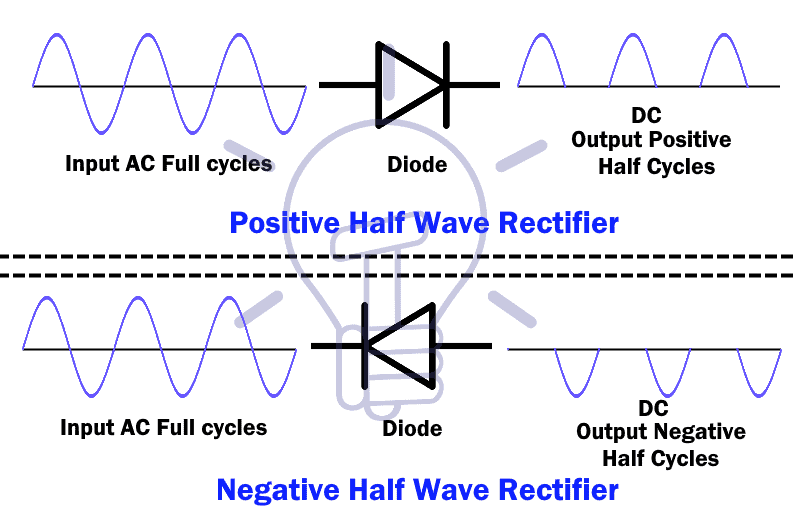






















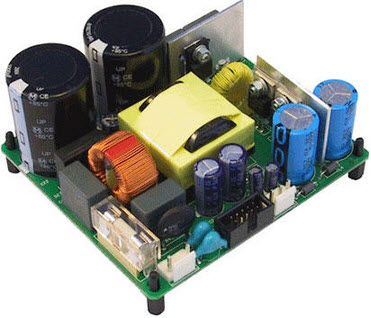
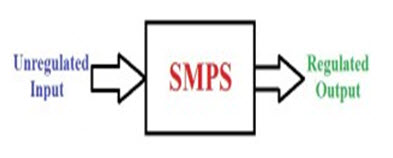
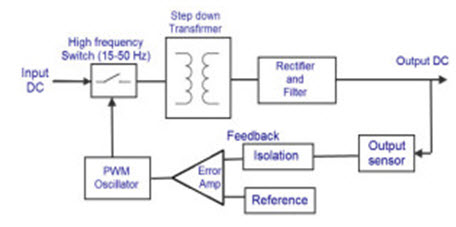
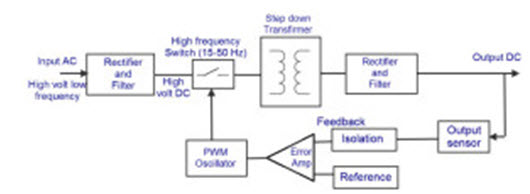
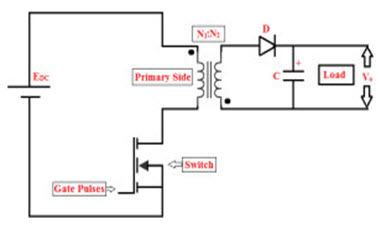
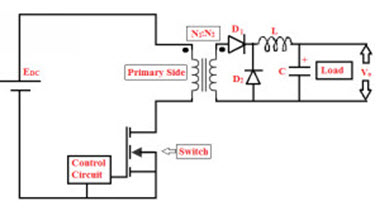




























































You must be logged in to post a comment.